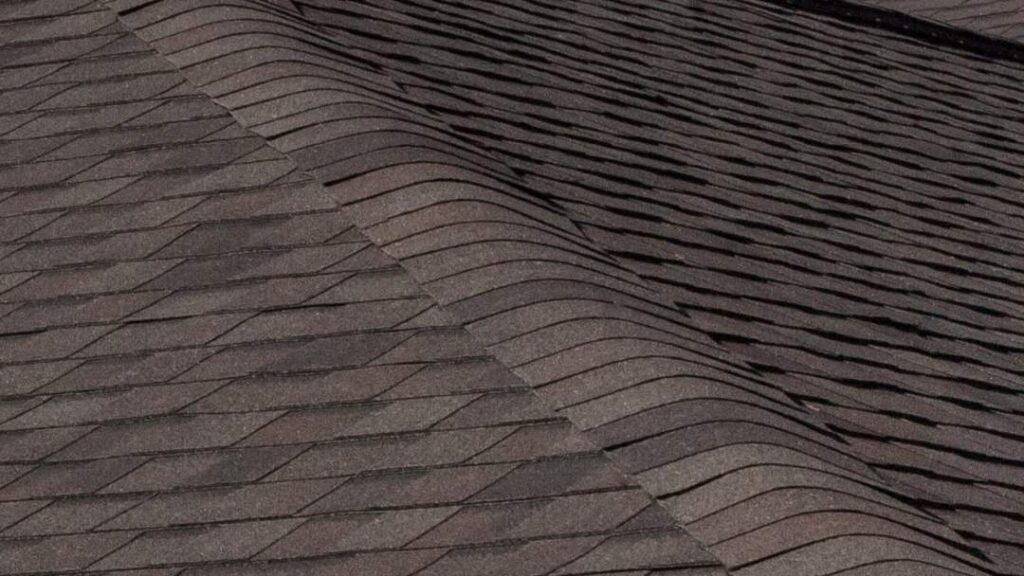What To Do If Your Roof Is Leaking
If you are reading this, there’s a good chance your roof is leaking. There’s also a good chance that in order to find the source of the leak, you’re relying on experts who have a lot of expensive high-tech equipment just for your home. If you’ve come to the point in understanding why your house has been suffering from various water leaks and trouble with drywall and warped floorboards, then it’s time for you to make an investment into roof repair or roof replacement.
What is a Roof Leak?
 A roof leak is when water leaks out from the roof of a building. Roof leaks can occur in any part of the roof, including the gables, valleys, and fascia boards. It is important to diagnose a roof leak quickly because a leak can worsen over time and lead to serious damage to your home or business.
A roof leak is when water leaks out from the roof of a building. Roof leaks can occur in any part of the roof, including the gables, valleys, and fascia boards. It is important to diagnose a roof leak quickly because a leak can worsen over time and lead to serious damage to your home or business.
To diagnose a roof leak, first check for obvious signs of water damage such as wet clothing, carpeting, or furniture. If there is visible water damage, then proceed to step two. If there is no visible water damage, then check for signs of a roof leak using a rain gauge or an indoor/outdoor weather station. To determine if a leak is located indoors or outdoors, use the formula PI = RT. Where I is the installation point in feet and R is the radius of the roof in feet.
If the reading from the weather station is greater than 0 (indicating an outdoor leak), then the leak is located outdoors; otherwise, if the reading from the weather station is less than 0 (indicating an indoor leak), then the leak is located indoors. Once you have determined which part of the roof is leaking, go ahead and repair it by calling us at Summit Roof Service!
Causes of Roof Leaks
If you’re noticing water on the floor or your ceilings, there’s a good chance your roof is leaking. When it rains, water collects on the roof and flows through the shingles and into the attic or crawlspace. There are a few things you can do to identify and fix a leaking roof:
-Check for damage. If your roof is visibly damaged, it’s likely that water is already seeping in. Check for missing shingles, tears in the membrane, or large cracks.
-Check soffits. Soffits are the triangular pieces of metal or plastic that extend from the gable ends of a roof far down into the eaves. If water is pooling on the ground beneath your home, it’s likely that water is spilling over from your soffit onto the ground.
-Check storm drains. If there’s visible damage to the rafters or fascia of your roof (the horizontal framing members), it’s likely that stormwater has been backing up and entering your home through these openings. Check for any obstructions in storm drains near your home.
Causes of Roof Leaks At Different Seasons
If your roof is leaking, there are a few things to do in order to figure out the problem and correct it. Understand the causes of roof leaks at different seasons and make necessary repairs while keeping in mind the risks associated with each activity.
Risks Associated With Roof Leaks:
There are a few risks associated with roof leaks. The most common is that water can damage property below the leak, including foundations and basements. In extreme cases, a leak can lead to a structural failure that allows water to enter a building. Additionally, standing water can attract mosquitoes and other pests which can create health concerns for people living in the area. Finally, persistent or repeated leaks can cause asphalt shingles to peel and eventually fall off, creating an additional repair requirement.
What is a Roof Repairer?
Many homeowners believe that a roofer is someone who repairs roofs. That is not always the case. A roofer may be someone who installs, repairs, and looks after your roof.
A roofer is someone who specializes in repairing roofs and getting them back in working order as quickly as possible. They know all the tricks of the trade when it comes to fixing roofs and can get your home back up and running as soon as possible.
If your roof is leaking, don’t panic. A quick call to a Summit Roof Service can help you get your home back up and running as quickly as possible.
Types of Leak Detection Techniques
If you’re experiencing water leakage from your roof, there are several methods you can use to detect the issue. While each may provide a different level of detection, all of them rely on the fact that when water spills onto a cold surface, it creates a ‘cold spot’ or puddle. This effect can be detected by using a thermometer to measure the temperature of the leak and using this data to calculate its size.
Other methods include using a cloverleaf or triangular flashing kit (which emit ultrasonic waves) to see if the water is flowing underneath the flashing, or checking for liquid seepage around chimneys and downspouts. Once you’ve identified the source of your leak, it’s important to address it as soon as possible. If the situation is deemed serious and continuing leakage is imminent, you will likely need to replace your roof. In any case, taking action immediately will minimize damage and potential flooding.
Repairs for Minor and Major Roof Leaks
If you’ve been noticing water leakage from your roof, there may be a minor roof leak or a major roof leak, and you’ll need to take different actions based on the severity. Minor roof leaks can be fixed with simple repairs, but major roof leaks often require structural repair or replacement. Here’s what to do for each type of leak:
Minor Roof Leaks
If your home has a minor roof leak, you can fix it yourself with simple repairs. To fix a minor roof leak, first, make sure that all of the grounding wires are properly connected and grounded. Next, use a bucket to collect any water leaking from the roof. Finally, seal the hole in the roof with plastic sheeting or a tarp until the repair is complete.
Major Roof Leaks
If your home has a major roof leak, you will likely need to call a professional to come and fix it. A major roof leak can cause significant water damage to your home and may require structural repair or replacement. To determine if your home has a major rooftop leak, first check for signs of water damage: broken ceilings, wet walls, water pouring from ceilings or walls, etc.
Call Summit Roof Service today!
Summit Roof in Allen, TX, is a premium source of quality siding and roofing repairs and can help make sure that your roof will keep your family warm, dry, and safe. If you feel that your roof may have any hail damage, give us a call at 972-715-1655 or contact us online to schedule an appointment today. In addition to Allen, we serve clients in cities including Plano, Fairview, Frisco and Grapevine.
Our professional roofing experts will come out to inspect your home’s roofing system and let you know the overall extent of the damage. After that, we can work with you to determine the best way to repair or replace your roof.
Visit our social media for more details.
